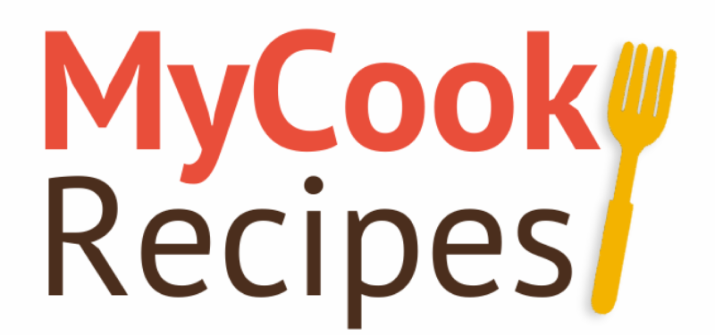
Baking with sourdough discard has become a popular method to reduce food waste while still enjoying the benefits of your sourdough starter. However, the question remains: is it healthy? In this article, we’ll explore the nutritional benefits of sourdough discard, the health impact of using it in different recipes, and why long-fermentation methods may offer the best health benefits.
What is Sourdough Discard?
Sourdough discard is the portion of sourdough starter that you remove before feeding the starter. Although discard is unfed and less active than a fully mature starter, it still contains beneficial nutrients. If you’re unfamiliar with how sourdough discard works, check out our comprehensive guide on how to activate sourdough discard.
Nutritional Benefits of Sourdough Discard
Even though sourdough discard is not as active as a freshly fed starter, it still holds key probiotics and beneficial bacteria from the fermentation process. These elements aid in digestion and promote gut health. However, it’s important to note that not all sourdough discard recipes offer the same health benefits. In fact, non-fermented recipes may not provide the full benefits of sourdough.
To get the most from your sourdough discard, consider using it in recipes that allow for a longer fermentation time. For more ideas on how to incorporate discard into your meals, visit Creative Sourdough Discard Uses: Recipes and Tips.
Fermented vs. Non-Fermented Discard Recipes
There are two primary ways to use sourdough discard in baking:
- Non-Fermented Recipes: These recipes use discard primarily for flavor, without additional fermentation. Pancakes, muffins, and crackers are common examples. While tasty, these recipes do not offer the full range of health benefits because they lack the long fermentation process.
- Fermented Recipes: Recipes that allow the discard to ferment further, such as long-fermented bread or waffles, offer similar health benefits to sourdough bread. These include better digestion, increased nutrient absorption, and a lower glycemic index.
To learn more about different discard recipes and the benefits of long fermentation, explore our resource on creative uses of sourdough discard.
Health Benefits of Long-Fermented Sourdough Discard Recipes
Using sourdough discard in long-fermented recipes can offer several health advantages:
- Improved Digestion: The fermentation process helps break down grains, making them easier to digest.
- Better Nutrient Absorption: Fermentation reduces phytic acid in grains, which improves the absorption of essential minerals like iron and magnesium.
- Lower Glycemic Index: Long-fermented sourdough discard products tend to have a lower glycemic index, making them less likely to spike blood sugar levels.
These benefits make sourdough discard a nutritious choice, especially when used in long-fermented recipes that allow the probiotics and beneficial bacteria to thrive.
Can Gluten-Sensitive Individuals Eat Sourdough Discard Recipes?
For those with gluten sensitivity, sourdough discard may be more digestible, particularly when used in long-fermented recipes. During fermentation, the gluten in the dough is partially broken down, making it easier to tolerate for some individuals.
However, it’s important to note that sourdough discard recipes are not suitable for people with celiac disease, as they still contain gluten. For more information on how sourdough affects gluten sensitivity, check out our in-depth post on how to activate sourdough discard.
Frequently Asked Questions (FAQs)
Is sourdough discard the same as sourdough starter?
No, sourdough discard is the unfed portion of sourdough starter. While it contains some of the same beneficial elements, it is not as active as a fed starter.
How long can I keep sourdough discard?
Sourdough discard can be stored in the fridge for up to one week. After that, it may lose its yeast activity and nutritional benefits.
Can I ferment sourdough discard to make it healthier?
Yes! Using sourdough discard in long-fermented recipes enhances its health benefits by increasing probiotic content and improving nutrient absorption.
Is sourdough discard good for digestion?
Yes, especially in long-fermented recipes. The probiotics in sourdough discard promote gut health and aid in digestion.
Conclusion
Baking with sourdough discard can be a healthy option, especially when used in recipes that allow for fermentation. Non-fermented recipes may be delicious, but they don’t offer the same health benefits as long-fermented options. If you’re looking for the full benefits of sourdough, focus on recipes that give the discard time to ferment, promoting better digestion and nutrient absorption. To get started with more discard ideas, check out our article on creative uses for sourdough discard.
By incorporating sourdough discard into your baking, you can enjoy delicious meals while reaping the nutritional rewards of this versatile ingredient.
